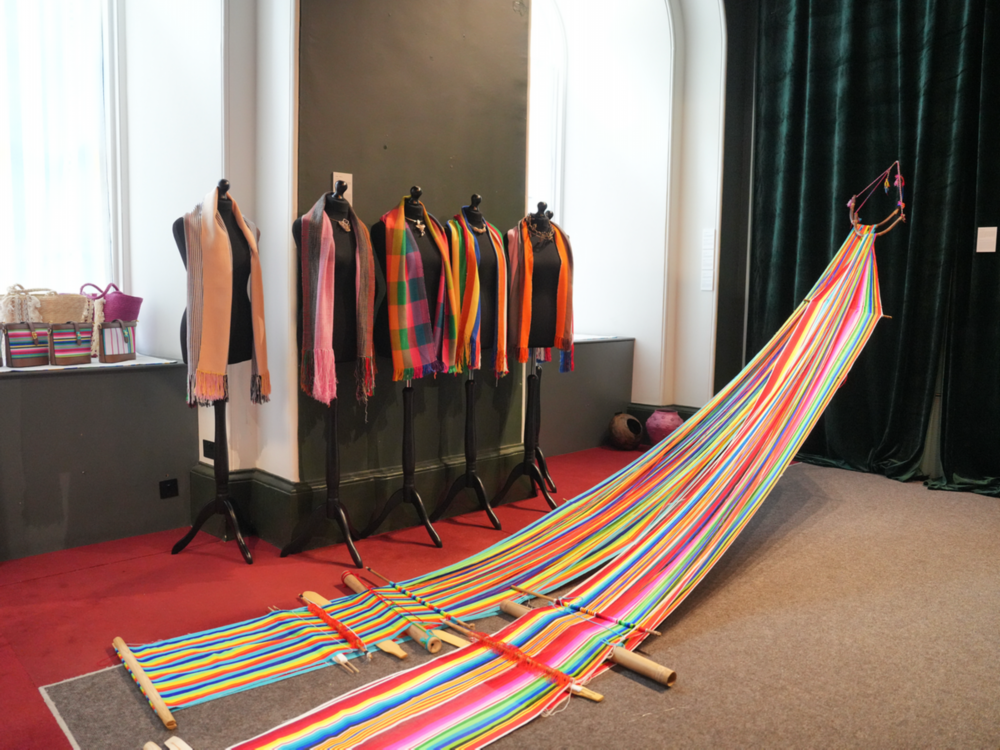 A traditional Dulong blanket from one of China's smallest ethnic groups debuts on May 12 at the opening of the China Pavilion during the 2025 London Craft Week. The Dulong ethnic group primarily resides in the Nujiang Lisu Autonomous Prefecture of Southwest China's Yunnan Province. (Photo provided to China Daily)
A traditional Dulong blanket from one of China's smallest ethnic groups debuts on May 12 at the opening of the China Pavilion during the 2025 London Craft Week. The Dulong ethnic group primarily resides in the Nujiang Lisu Autonomous Prefecture of Southwest China's Yunnan Province. (Photo provided to China Daily)To understand the philosophy behind traditional Chinese crafts, one can look to the title of a Chinese scientific classic, Tian Gong Kai Wu, or The Exploitation of Nature's Works, widely known as the world's first comprehensive treatise on agriculture and handicraft production.
The book, compiled by Song Yingxing, a scientist of the late Ming Dynasty (1368–1644), was first published in 1637. It provides a detailed summary of ancient China's manufacturing and farming techniques and is recognized as an encyclopedia of science and technology from that era.
The term Tian Gong refers to the mighty power of nature, while Kai Wu signifies the ingenuity of human hands. Together, the two concepts form a harmonious philosophy: by uniting nature's forces with human creativity, one can achieve exceptional craftsmanship.
That wisdom has been passed down to the present day. This year, the China Pavilion at the 11th edition of London Craft Week, held from May 12 to May 18, was themed "Tian Gong Kai Wu: Crafting Works of Nature" - a tribute to the timeless classic and a celebration of the enduring spirit of Chinese craftsmanship.
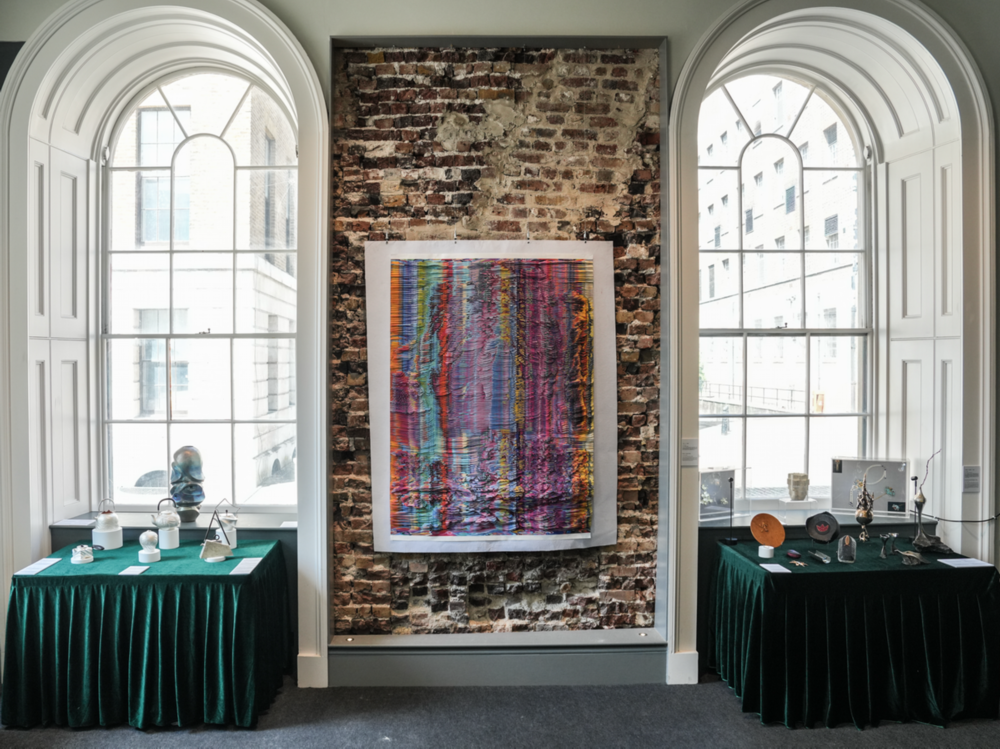 Some 120 pieces, encompassing ceramics, lacquerware, stone carving, embroidery and more, are showcased at the China Pavilion for the 2025 London Craft Week in May. (Photo provided to China Daily)
Some 120 pieces, encompassing ceramics, lacquerware, stone carving, embroidery and more, are showcased at the China Pavilion for the 2025 London Craft Week in May. (Photo provided to China Daily)The exhibition, presented by China's Art and Design Press and supported by the Cultural Section of China's embassy in the United Kingdom, showcased some 120 pieces, encompassing ceramics, lacquerware, stone carving, embroidery, and more.
Themed events such as "Mothers' Needlework" and "A Magical Leaf from the East" were also featured as part of the exhibition, promoting hand-embroidered blankets by China's Dulong ethnic group, one of the country's smallest ethnic minorities, and the Zang ethnic group, as well as Tieguanyin, a premium Chinese oolong tea from Anxi county in East China's Fujian province.












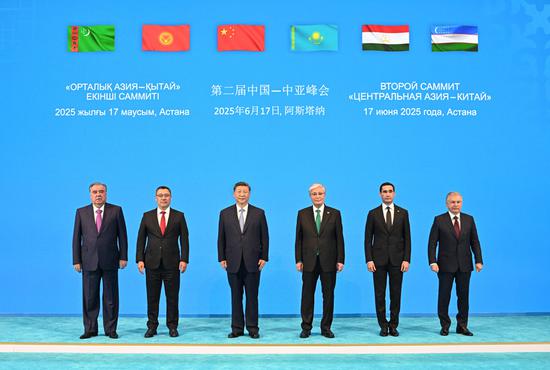
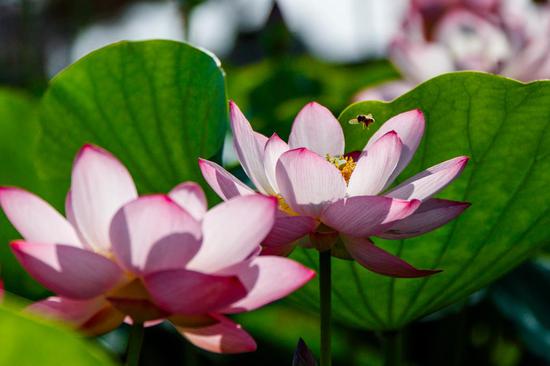





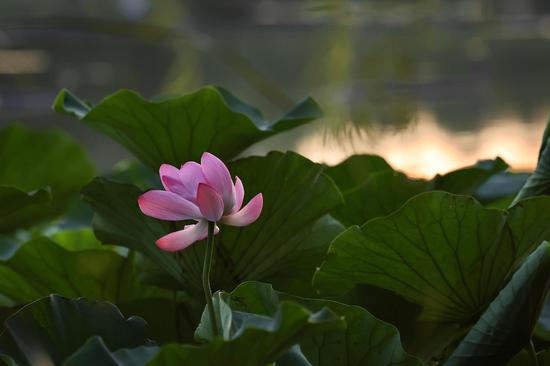




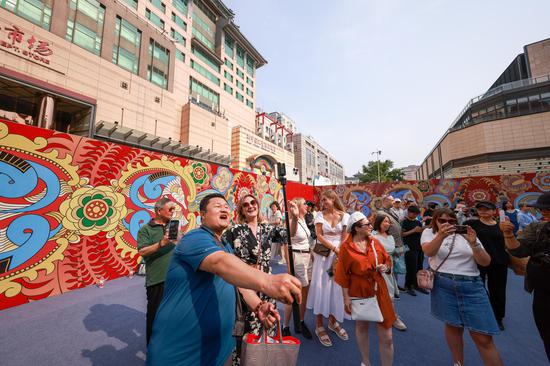


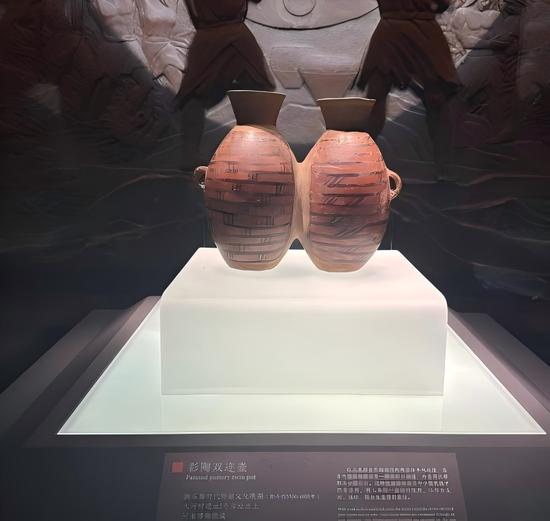
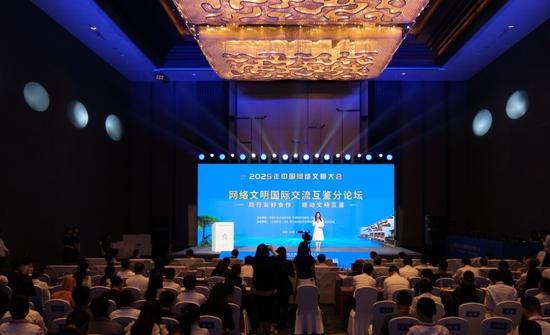


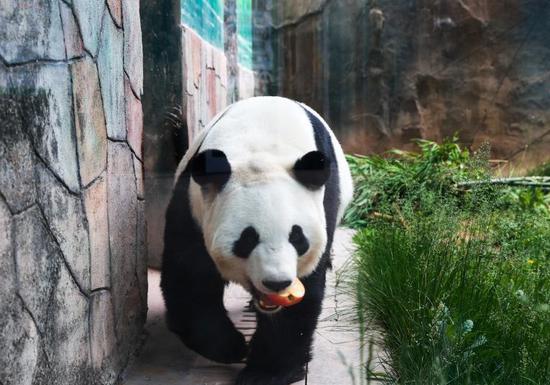





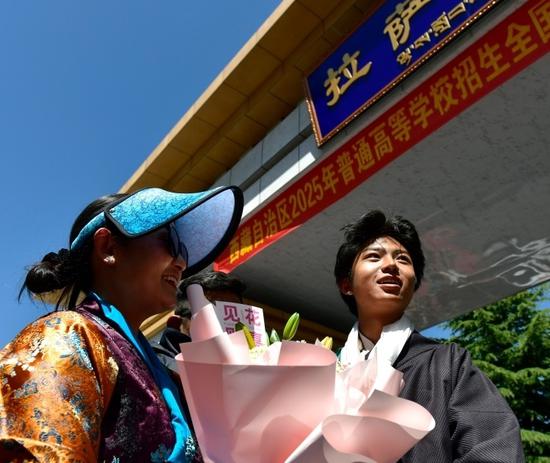






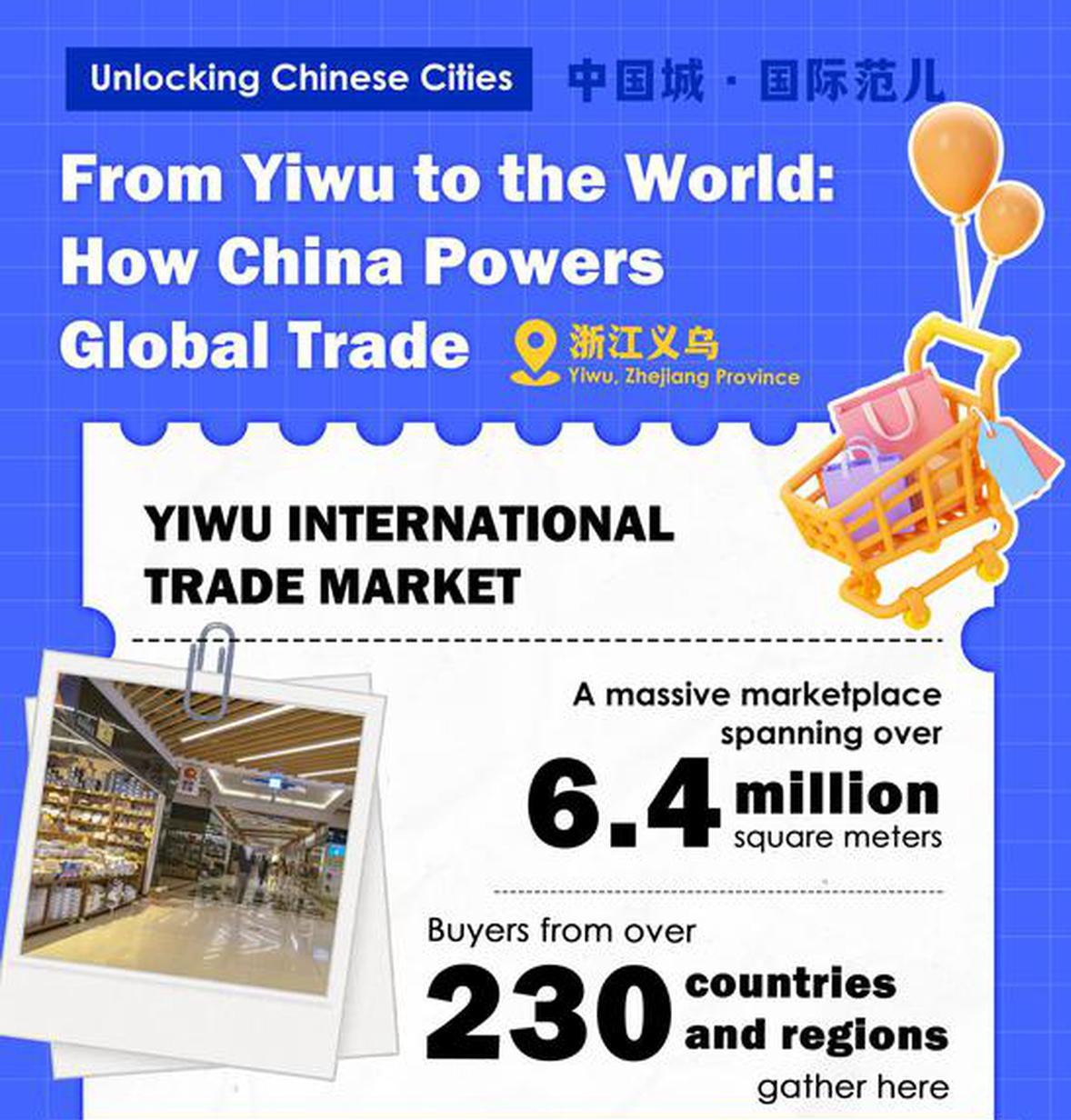



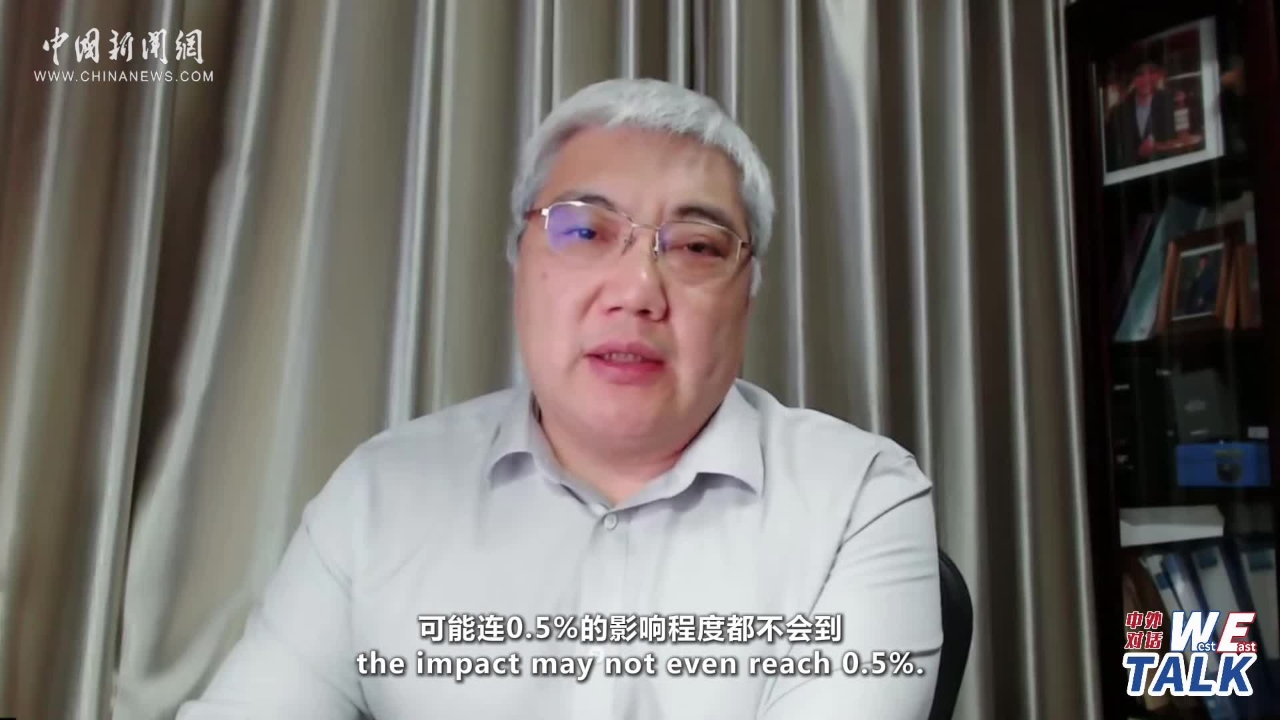

 京公網安備 11010202009201號
京公網安備 11010202009201號